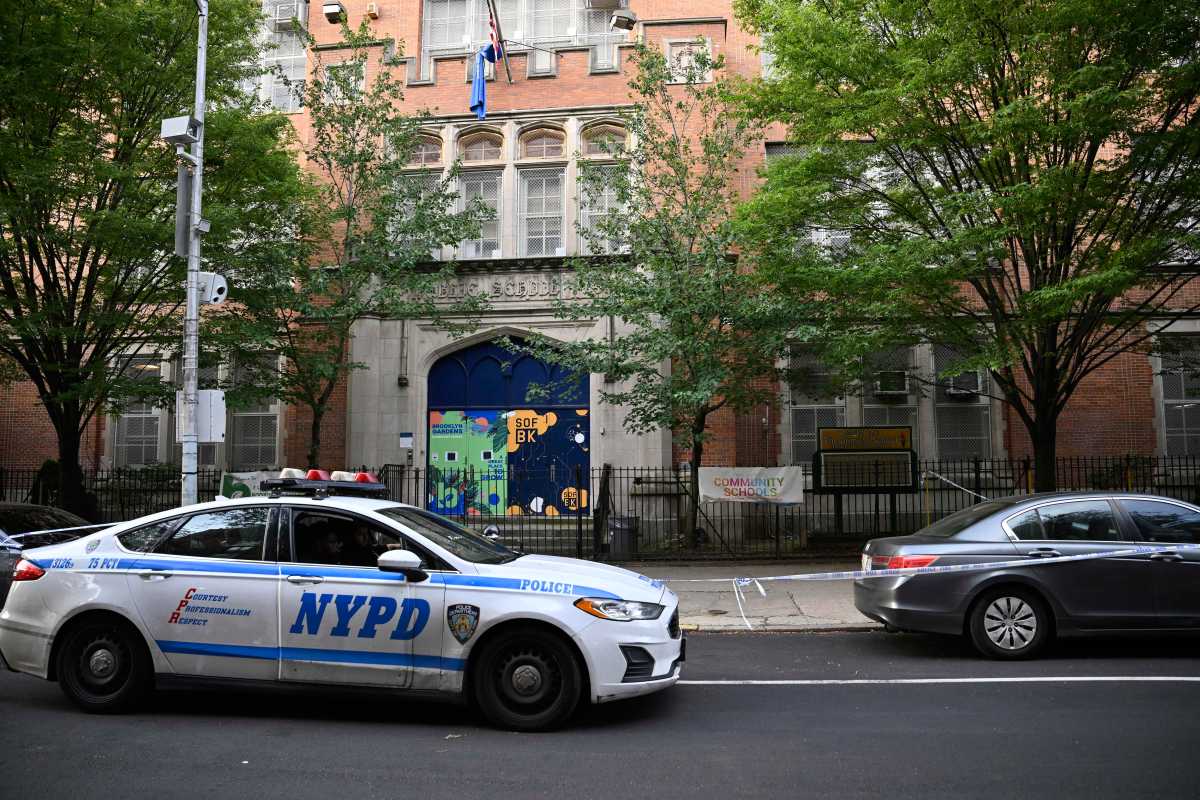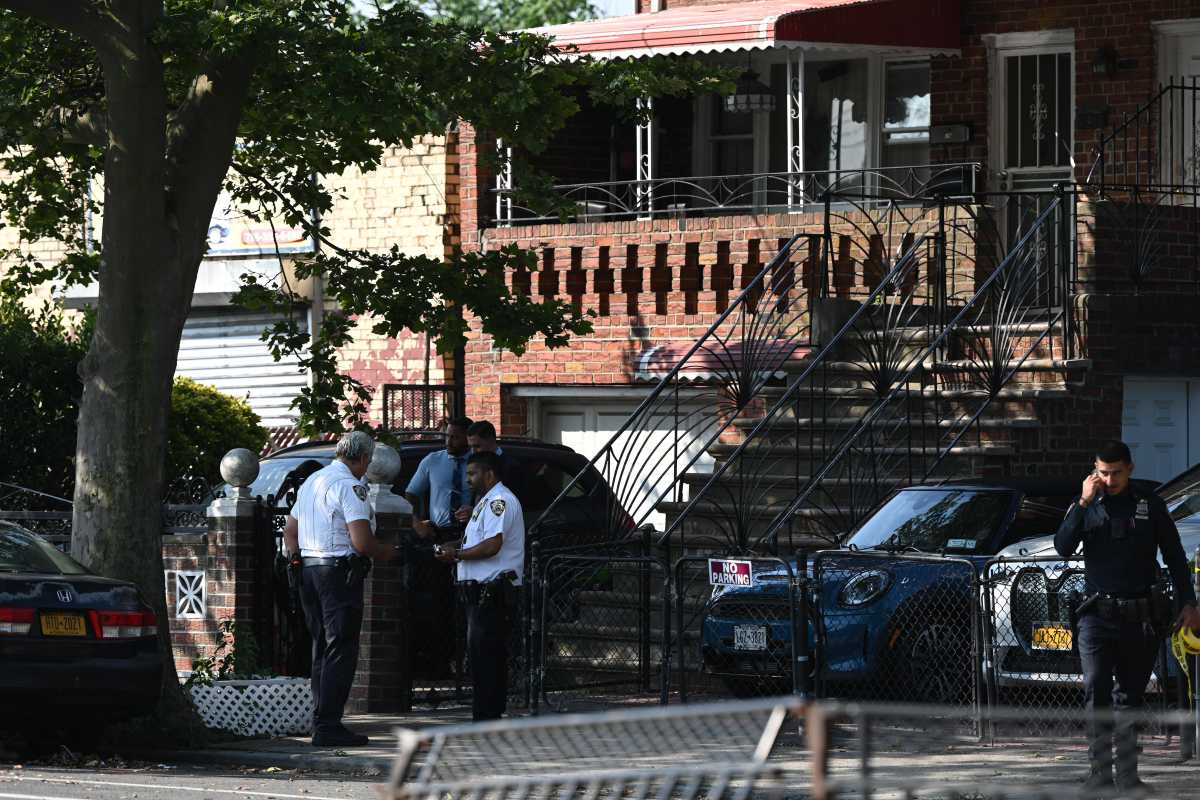A company reported to have taught creationism as a science at some of the schools it runs is looking to operate a new charter school being proposed for Canarsie.
The for−profit National Heritage Academies (NHA), which runs the Brooklyn Excelsior Charter School in Bedford Stuyvesant, and which will operate the Brooklyn Scholars Charter School opening in East New York in September, is working to bring another charter school to the borough, at the soon−to−be−vacated Holy Family School, 9719 Flatlands Avenue, one of several parochial schools being closed by the Diocese of Brooklyn at the end of the 2008−2009 school year.
NHA −− which operates 61 schools across the U.S. −− is not the developer of the proposed charter school, said Nick Paradiso, director of government relations for NHA. Paradiso said that under New York State law, “A management firm does not have the authority to make the application.”
Nonetheless, Jim McCarthy, director of partnership relations for NHA has been reaching out to local leaders. He said in an interview with this paper that discussion of the charter school was “a little bit premature at this time,” though, he added, he believed there would be more information in a few weeks. “At the moment, there’s no marriage planned,” he remarked. “There’s just courting going on.”
In an email to a local activist, who provided a copy to this paper, McCarthy had said that the goal is to open the new Canarsie charter school in fall, 2010, with students in kindergarten through fourth grade, adding grades each year to expand the school through the eighth grade. In the email, McCarthy contended that NHA schools “do successfully educate children −− and give parents the fundamental right of being able to make a choice about the education of their kids.”
How welcome would such a school be? Tony Dandridge, the president of the District 18 Community Education Council, said that, in general, the CEC is “open−minded about them (charter schools) because of what they bring. We’re a District in Need of Improvement (DINI) at the present time, and we’re looking at all avenues in terms of bringing quality education to the district. We judge each application on its own merits.”
That being said, Dandridge added that there wasn’t “a level playing field” when you compare charter schools to public schools. “If you gave the existing public schools the same amount of money and small class size and the extended day, you would see better results,” he contended. “They are giving charter schools what the public schools are asking for −− quality programs, after−school programs, Saturday programs, summer programs, an extended day to keep the children off the street, cultural activities.” But, when the public schools ask, stressed Dandridge, “There’s no money.”
While the organization that hopes to operate the charter school is now reaching out to members of the community, the city’s Department of Education (DOE), if it decides to further the charter school proposal, is not likely to reach out to the CEC till much later on, Dandridge remarked. “We usually don’t get it till the last minute,” he said. “That’s a recurring problem that we have.” With a school that hopes to open in fall, 2010, said Dandridge, the CEC is not likely to be notified about it “till October or December, if then,” he said.
NHA’s forays into Brooklyn have not been completely successful. NHA was the organization chosen by the founders of the Brooklyn Dreams Charter School in Brooklyn’s District 20 to run its school, which succumbed to opposition from parents and educators, as well as the local CEC.
Among other things, the District 20 CEC looked carefully at the Brooklyn Excelsior charter school when forging its position on Brooklyn Dreams. Among its concerns was the fact that Excelsior had had three principals in three years, as well as the fact that its student population did not appear to mirror the larger district, with only 31 percent of the Excelsior student population eligible for free lunch, compared to 82 percent of the district’s student body.






















